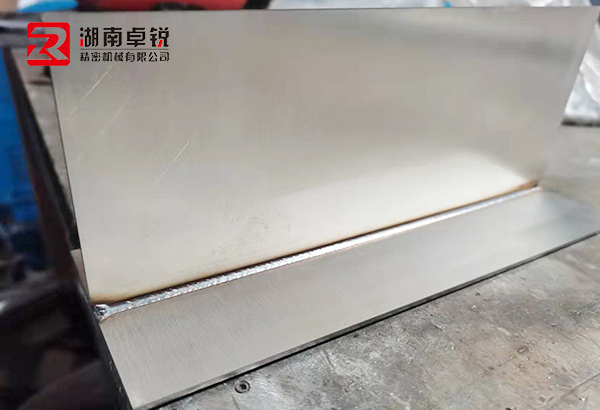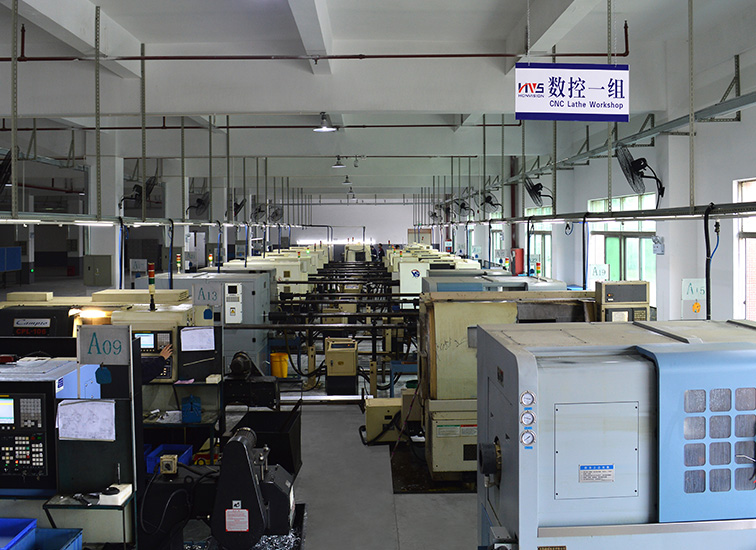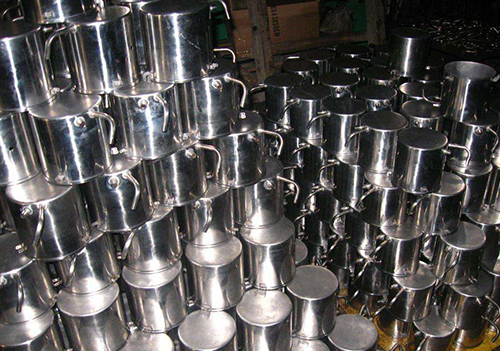The materials used in manufacturing Metal Stamping parts generally depend on the requirements of production design and functionality. When selecting metal stamping part materials, it is necessary to scientifically and reasonably evaluate the stamping function of the materials, correctly grasp the connection between sheet metal stamping function and stamping forming process. Below are a few metal stamping part materials:
1 Hot rolled steel plate
Hot rolled steel is a high-quality carbon structural steel with a carbon mass fraction of 0.1% to 0.15%. It belongs to low carbon steel and is cheaper in price compared to cold-rolled steel plates. It has higher thickness and strength, and therefore has a wide range of applicability in the stamping field, especially in automotive hardware stamping parts. Hot rolled steel plates occupy a considerable share and are commonly used in crossbeams, longitudinal beams, chassis structural parts, support parts, and parts with high manufacturing formability requirements;
2 Cold rolled steel plate
There are many classification methods for cold-rolled steel plates, which can be divided into boiling steel, killed steel, and semi killed steel according to deoxidation methods; According to the steel type and alloy composition, it can be divided into low-carbon steel, low-alloy high-strength steel, phosphorus added steel, ultra-low carbon void free atomic steel, etc; According to the strength level, it can be divided into ordinary strength level and high strength level; According to the stamping grade or purpose, it can be divided into general use, stamping use, deep stamping use, extra deep stamping use, and ultra deep stamping use;  III. Stainless Steel
III. Stainless Steel
Stainless steel refers to high alloy steel with a chromium mass fraction of over 11%. Its main characteristics are high corrosion resistance and heat resistance, as well as rust resistance and external luster. Stainless steels used in stamping include ferritic stainless steel, austenitic stainless steel, and martensitic stainless steel. The stamping function of ferritic stainless steel is similar to that of cold-rolled steel plate. In the production process of this stainless steel, texture structure can also be obtained by hot rolling, cold rolling, and annealing, which has outstanding deep drawing function. But its hardening index is about 92, and its elongation is 25%~30%, both of which are smaller than austenitic stainless steel, so its elongation type stamping forming function is poor; Among them, ferritic stainless steel represented by SUS430 and austenitic stainless steel represented by SUS304 can be used for stamping forming;
4 Coated steel plate
In order to prevent corrosion of metal stamping parts by various acidic or alkaline substances such as air, moisture, water, oil, etc., countries such as the United States and Japan have proposed the goal of five years of corrosion resistance and ten years of resistance to through-hole rust on the exterior of automobile bodies, and have developed new coated steel plates. At present, most domestic cars also require the use of different specifications and quantities of coated steel plates; The anti powdering and peeling properties of coated steel plates during stamping can affect their formability. There are two types of coating detachment: the first is the formation of particles due to internal failure of the coating, with particle sizes generally smaller than the thickness of the coating, and detachment in powder form, known as powdering; The second type is the formation of flake like particles due to adhesion failure between the coating and the substrate. The particle size is generally similar to or greater than the thickness of the coating, and falls off in a flake like manner, which is called detachment. The size and method of coating pulverization and detachment are related to factors such as coating composition, function, structure, thickness, and forming conditions.
This article is from EMAR Mold Co., Ltd. For more EMAR related information, please click: www.sjt-ic.com,


 Spanish
Spanish Arabic
Arabic Spanish Basque
Spanish Basque Portuguese
Portuguese Belarusian
Belarusian Japanese
Japanese Russian
Russian Icelandic
Icelandic Bulgarian
Bulgarian Azerbaijani
Azerbaijani Estonian
Estonian Irish
Irish Polish
Polish Persian
Persian Boolean
Boolean Danish
Danish German
German French
French Filipino
Filipino Finnish
Finnish Korean
Korean Dutch
Dutch Galician
Galician Catalan
Catalan Czech
Czech Croatian
Croatian Latin
Latin Latvian
Latvian Romanian
Romanian Maltese
Maltese Malay
Malay Macedonian
Macedonian Norwegian
Norwegian Swedish
Swedish Serbian
Serbian Slovak
Slovak Slovenian
Slovenian Swahili
Swahili Thai
Thai Turkish
Turkish Welsh
Welsh Urdu
Urdu Ukrainian
Ukrainian Greek
Greek Hungarian
Hungarian Italian
Italian Yiddish
Yiddish Indonesian
Indonesian Vietnamese
Vietnamese 简体中文
简体中文 Haitian Creole
Haitian Creole








